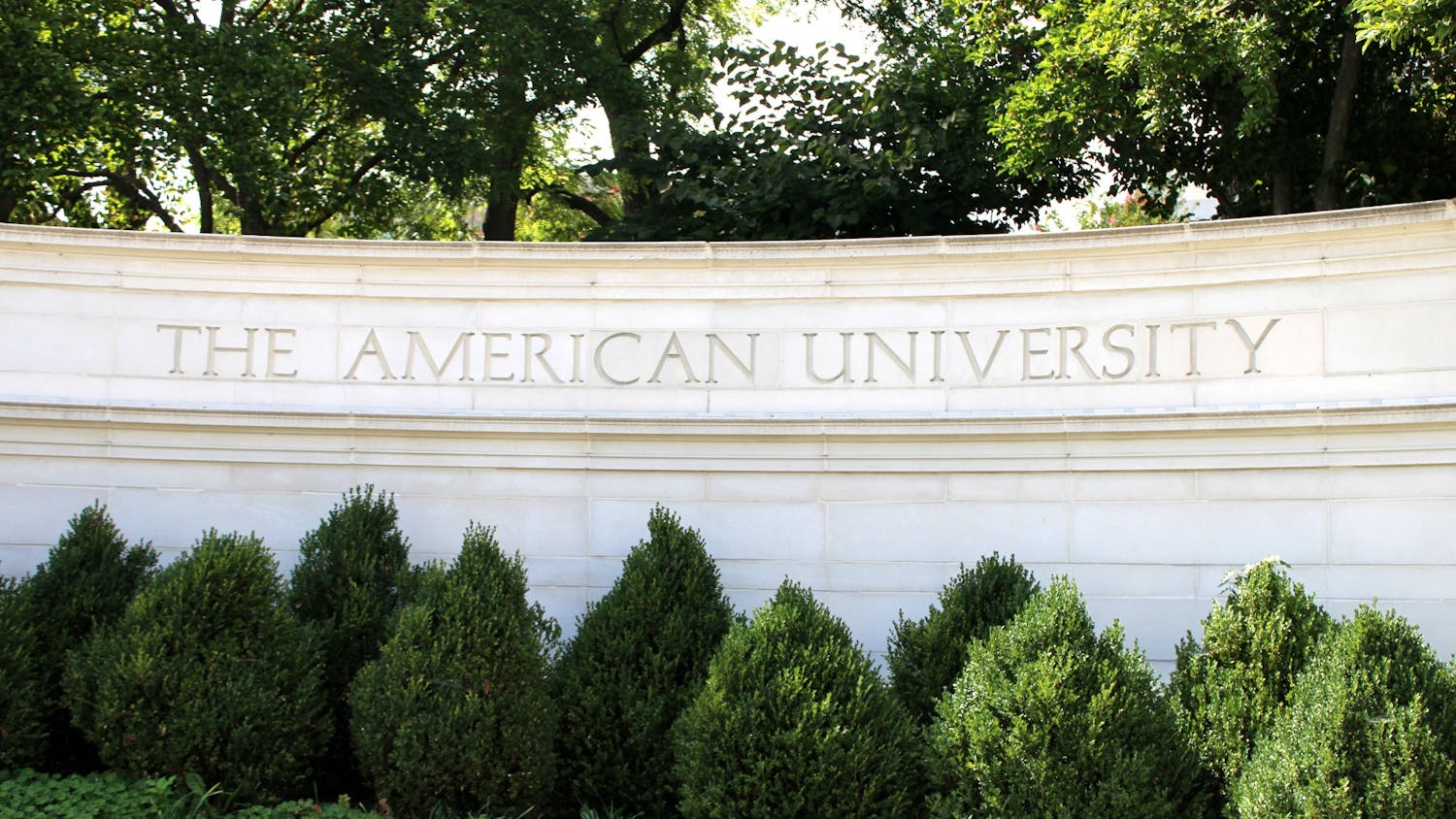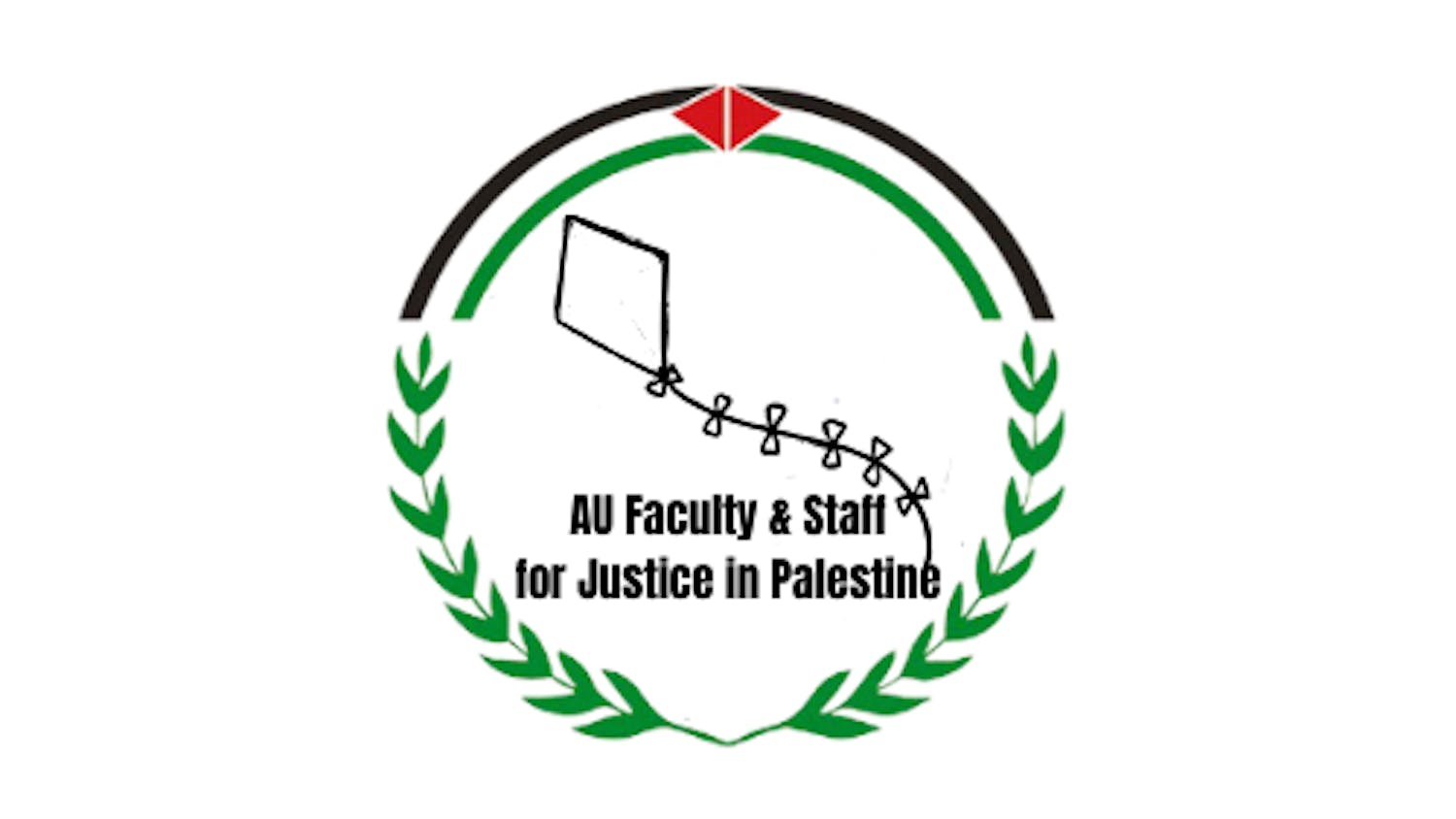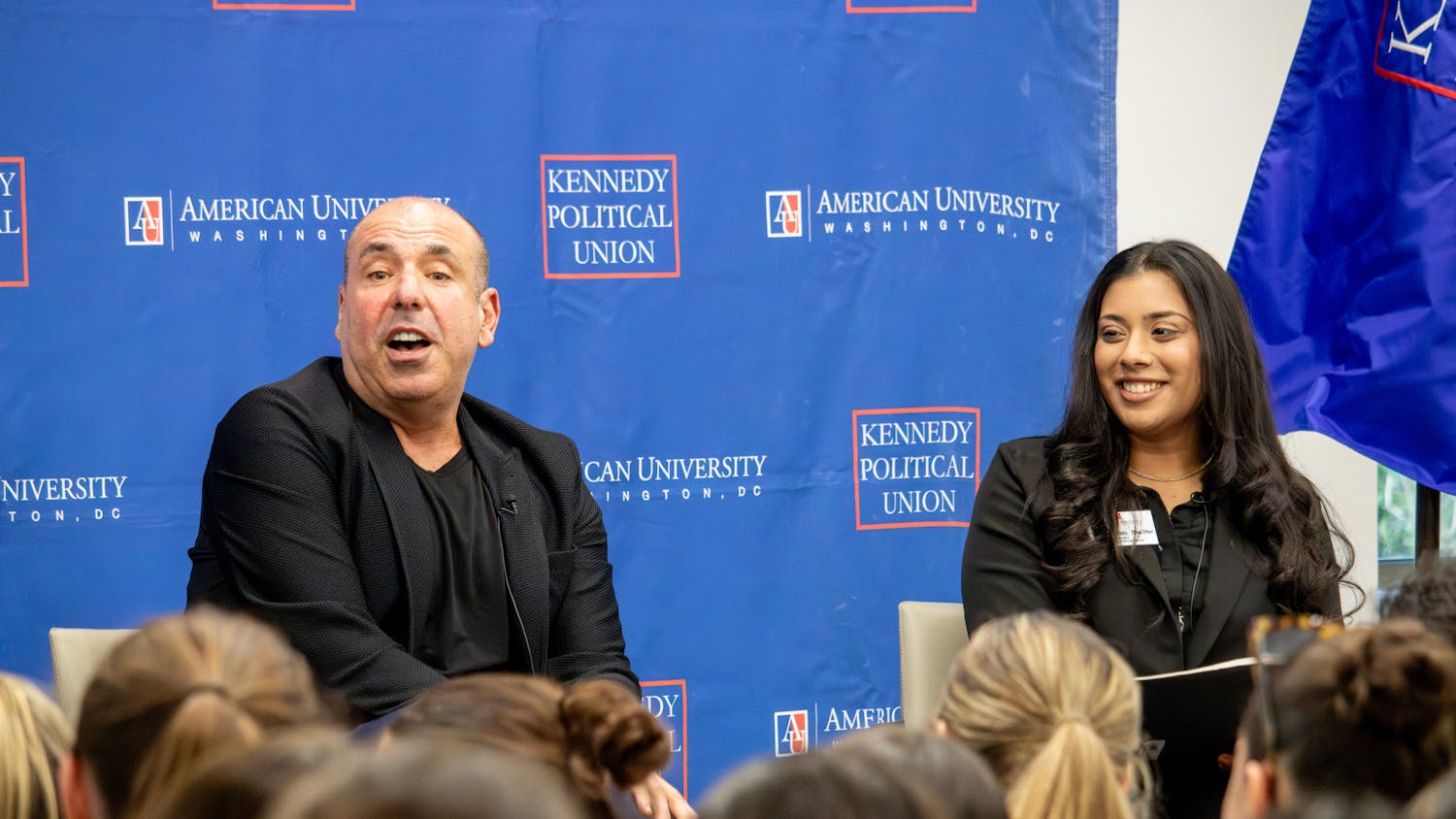This article originally appeared in The Eagle's December 9 special edition.
Activism at AU has reached far beyond the bounds of our campus and has resonated with students across the country. The movements cultivated within our student body have gained widespread media attention and sparked progress towards changes in campus culture. The activism at AU alone is enough to attract prospective students.
No matter the interest, whether it be pushing for divestment, fighting against student debt, creating visibility for members of the LGBTQIA+ community, championing for workers, raising awareness for mental health, advocating for victims of violence or demanding a safe and culturally comprehensive space for students of color (takes a deep breath), you can find a movement to which you can give your all.
Activism is powerful. It can unite the largest, most diverse communities and produce foundational change. However, it can also be divisive, ugly and counterproductive.
On any given college campus, you can find an activist culture of ingenuine and meaningless relationships, ulterior motives, voluntourism and mere tolerance pretentiously masked as actual acceptance. American University is no different.
Navigating the complexities of these camouflaged intentions is never easy but when doing so we must be honest with ourselves. Is our activism authentic?
As an individual who has been involved in many forms of activism at AU since day one, I've observed several recurring problematic behaviors in faulty activism. My perspective is not unique; the topic of problematic activism has not been discussed adequately.
Most frequently, I have observed activists who value taking credit for their work over its actual result. I've witnessed self-proclaimed activists abandon projects and efforts simply because their name wouldn't be tied to the action. In addition, I've seen activists plaster their name onto an effort that they barely lifted a finger to develop. If you value recognition over progression, you don't deserve to be an activist because you haven't grasped the concept of service.
Another divisive occurrence is bringing personal relationships into the functionality of activism effort. When advocating for a cause, you're advocating for everyone affected by it, not just the people you like. Imagine all the people that would be left behind if activism was selective. This kind of thinking only creates similarities between us and the oppressive entities that we're supposed to be holding accountable.
Presentation is an integral part of authentic organization. Community members on the outside looking in can spot a successful movement a mile away simply by how the movement looks. Presentation means accuracy, cohesiveness and organization. Being the first to share information is only valuable when the information is accurate. Nothing is worse than being loud and wrong, and there is nothing wrong with taking your time to plan and collect information. When protests and other organized efforts appear to be sloppy and incohesive, they lose credibility and the backlash that comes from losing that respect often hurts future efforts and the efforts of others.
All of these issues and many others can easily be solved by taking individual agendas out of the agenda of the organization. Transparency is a key element to organizing effective activism. When everyone is on the same page we eliminate competitive motives, we improve communication and strengthen collaborative efforts. As I continue to stress the theme of eradicating hidden agendas, I think it is also important to remove ego from activist efforts. Activism is not a tool for building clout and popularity.
The face of effective activism is diverse in functionality and that may be one of the best aspects of the work, but regardless of how your activism looks, it must be cohesive and it must be reflective of the needs of the community for whom you are championing. The objectives of your efforts should be clearly defined and in some cases those objectives should be narrowly-tailored, because activism is not a one size fits all ordeal.
Looking at the big picture of what must be achieved, the plan to achieve it and the effects it will have on others in the shared community is an integral step to improving the authenticity of activism. The manifestation of your activism is a reflection of how you treat the members of your community.
Sydney Young is a senior in the School of Public Affairs. She is the secretary of the American University chapter of the NAACP and former president of the Black Student Alliance.





